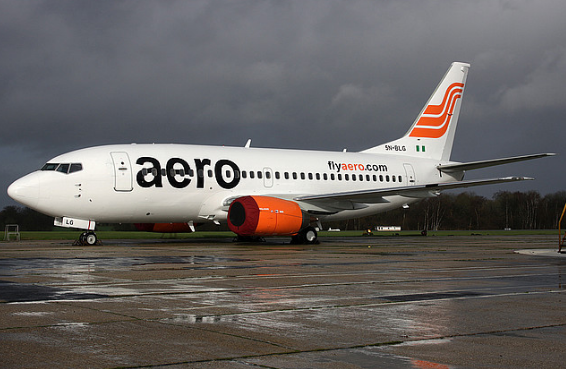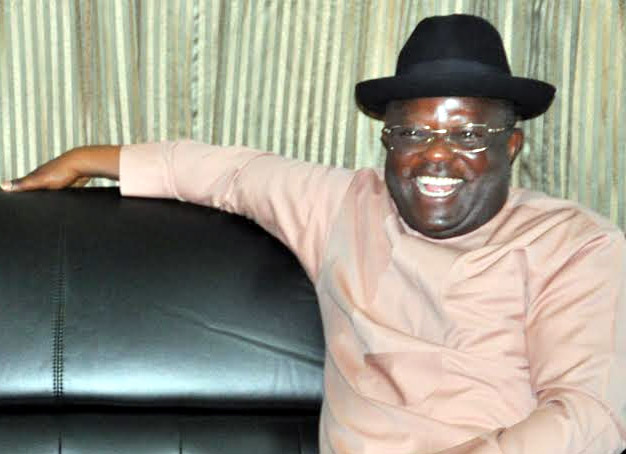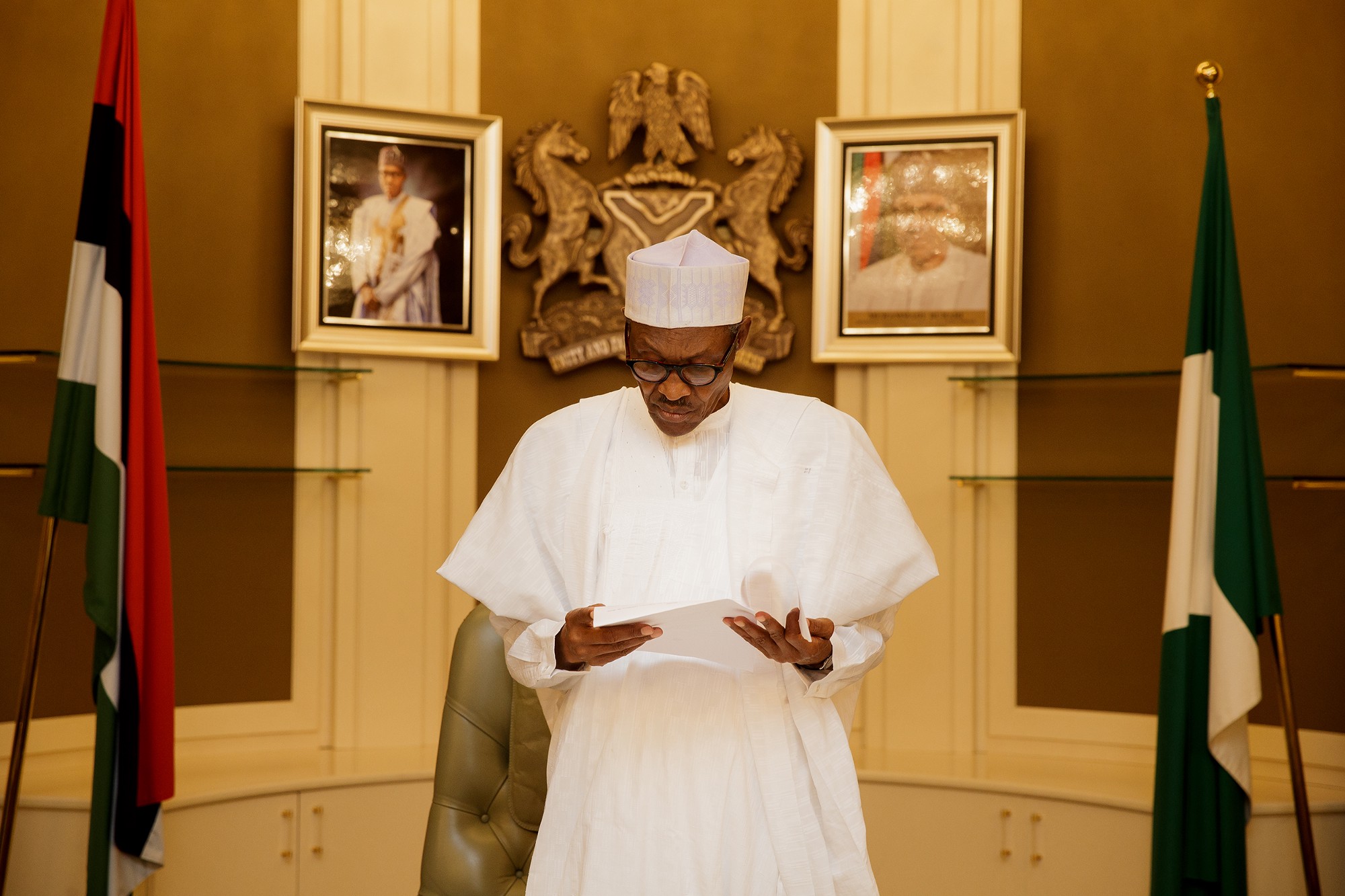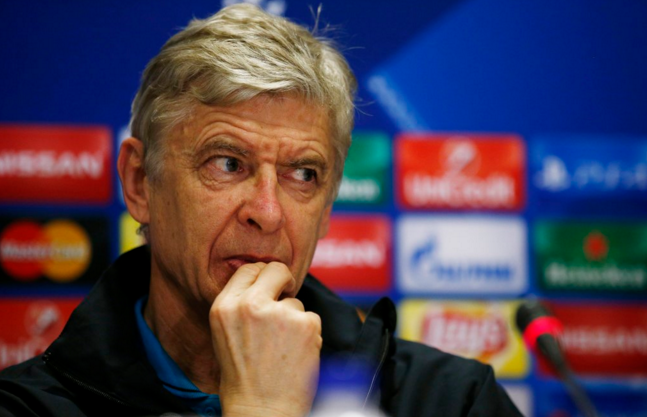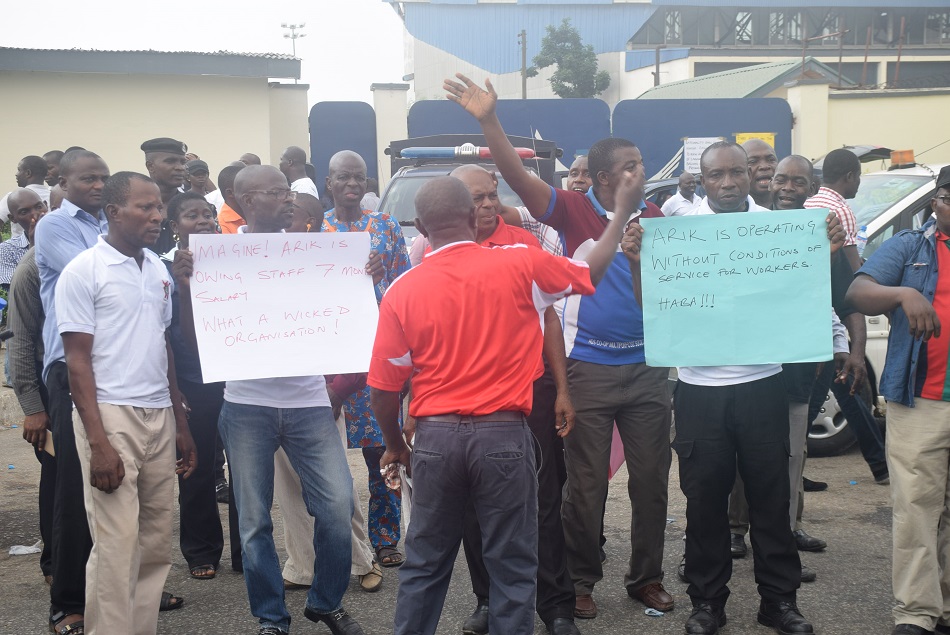By John O Ojikutu
The NCAA press conference of Monday January 30, 2016 was unlike anything before it in over 10 years since the agency was established. The conference seems to be an attempt by the agency to bring to the public knowledge the earnings, not the spending of the airlines operators. It could be an effort made to assuage the various calls on the agency to audit specifically the domestic airline operators’ earnings and spending. It could possibly have been a road show also by NCAA to disabuse the minds of some others who were concerned that the agency was not complying with the provision of Part 18.10.1 and 18.7.5 of the NCARs.
Most of the calls in 2016 on the NCAA to audit the domestic airlines became very necessary following the waves of media reports on their recurring debts to the various services providers especially to; the fuel marketers, FAAN, NAMA, NCAA, financial institutions, staff salaries in arrears of several months, etc. It was apparent from the huge debts that the NCAA and the operators were not sufficiently complying with the necessary provisions of the NCARs Part 18.10.1(Airline Operators) and 18.7.5.1-3. (Government Operators).
Although the NCAA at the press conference presented earnings of both the domestic and international airlines from passengers tickets sales that were N385.9 billion and N330 billion in 2015 and 2016 respectively, the agency did not separate or distil and make public the domestic airlines specific earnings. Additionally, the NCAA 5% charges on ticket sales were not distilled from each of the two years ticket sales earnings. It also did not present the debts owed by these airlines to the various services providers, despite the high number of delays, cancellations and shutdown of the operations of some of them in 2016 by their creditors. In particular, it would have been interesting to know the debt portfolios of the airlines to their creditors before some of them were taken over by AMCON.
While the debts profiles of some of the airlines were already in the public domain before the press conference, the NCAA had evidently not been “monitoring continuously the operations of the airlines for the purpose of ensuring their financial capabilities for safe and sustainable services” in compliance with the provision of NCARs Part 18.10.5. It also did not provide evidence at the press conference that it has ensured that the government operators too have individually complied with the provisions of the NCARs Part 18.7.5.1-3 which required them to “submit to NCAA, a 5 Year business plan and their financial returns every year or at such periodic intervals in format as may be prescribed by NCAA”.
Advertisement
There were some ambiguities in the passengers and air traffic data presented at the press conference that were very much at variant to the other available statistics. NCAA as the regulator of all industry operators should have taken into consideration the figures available with the substantive custodians of passenger traffic and air traffic movement i.e. FAAN and NAMA. For instance while NCAA recorded a cumulative 11 million passenger traffic in 2015, FAAN had a record of over 14 million passengers and 250,512 air traffic in the same year; a difference of over N3.8 million for passengers traffic and 13,667 for air traffic. These figures if comparatively taken into consideration, could have clarified whether the airlines earnings were estimates or actual.
NCAA recorded and presented passenger traffic movement for only 9 months in 2015 and 2016 whereas, it recorded earnings for 12 months in 2015 and 10 months in 2016. If the figures of the remaining 3 months for the most recent year 2016 could be excused, not including or presenting the 3 months of October – December in 2015 after 13 months is questionable.
The airports passenger traffic figures recordings are cumulative of departure and arrivals but the ticket sales earnings of N385 billion and N330 billion generated in 2015 and 2016 for international and domestic airline can only be for the Nigerian embarking or departing passengers. Otherwise if each passenger of the 8 million domestic passengers and 3 million international passengers traffic presented by NCAA paid an average of N15, 000 and N250, 000 respectively, the earnings will be more than N1 trillion. The estimated figures for only the embarking passengers should be about 50% of the cumulative passengers traffic figures which should bring the earnings on ticket sales at the same rate per passenger to about N470 billion for each year.
Advertisement
NCAA showed it recorded no significant change in the domestic passenger traffic movement however, the domestic air traffic movement (130,745) figures showed substantial drop of 45% in 2016 if compared to 2015 (202,352) figures. On the other hand, in the same year, there was no change in the international passenger but there was a rise of 5% increase in international air traffic movement. The year 2016 was the period when the domestic airlines were complaining more about scarcity of fuel, yet in the midst of the scarcity, the international carriers were getting extra fuel needed for their flights and for the 5% increase. What an irony. It was the year when the domestic airlines recorded more flight delays, cancellations and shutdown
There was no need for the Director General of NCAA to lament the lack of capacity from the Nigeria airlines to compete with the foreign airlines on the BASA routes. The reasons for the lack of capacity are obvious. Nigeria does not have effective policy to support and sustain the growth of domestic airlines on regional, continental and intercontinental routes. The policy of government granting incessant intervention funds, zero customs duties on aircraft spare parts and the concessions on debts owed the government agencies have not been helpful to increase their capacities and lifespan. Most of the operators and investors lack knowledge on how aviation businesses work. They have single ownership management structure where the earnings are readily divested and diverted to other businesses.
The policy of the government granting multiple frequencies and landings to foreign airlines at our national airports cannot encourage the domestic airlines to develop capacity for competing with the foreign airlines. The policy is one that allows the incursions of foreign airlines into the domestic airlines markets especially when some foreign airlines have commercial landing access to more than one of the major airports. Multiple frequencies even daily to one airport could be allowed but multiple landings to more than one airport should not be allowed for any foreign airlines.
An appraisal of NCAA annual activities should not be limited to airlines earnings and pilot licences’ renewals; the review itself should highlight challenges and efforts required to address and improve the infrastructural deficiencies, manpower development and the sustainability of operation in the industry.
Advertisement
It is not sufficient for NCAA to release airlines earnings; it would have made more sense if the agency had made public its own earnings and those of the other government agencies. It is also not sufficient to orchestrate the number of airline pilot licences renewed or the number of Aircraft Operating Certificate and Airline Operating Licences approved for airlines; it would calm the nerves of some of the operators and crew members and stakeholders to know how many safety recommendations made by the Accident Investigation Bureau in previous years that had been implemented within the years under review. For instance, there were no references made on actions taken by NCAA on major breaches of airport and airline security by 3 stowaways involving a major airline at least twice within one of the two years in review.
While the number of active licensed pilots and aircraft maintenance engineers could sufficiently meet the manpower needs for the fleet of the domestic airlines operators, the figures presented by the DG NCAA for active Air traffic controllers (313) and for the ATCS electronics and navigational aids maintenance engineers (245) were grossly inadequate to man the Air traffic control services and navigational aids systems at over 26 federal and state governments owned airports. The figures if shared equally to the 26 airports would not be sufficient to man the two positions of Tower and Approach in two shifts daily at the airports with the least traffic movement. The figures seemed not to have improved on the level of about 320 ATCOs they were in 2006 when the Ministerial Committee for the Implementation of Safety Recommendations for NAMA discovered that the agency which needed about 600 ATCOs then was seriously deficient by about 300 ATCOs.
The scarcity of foreign exchange in the sector as presented at the press briefing could not have been substantial if one considers the foreign exchange earnings by FAAN and NAMA on Landing and Parking, and Air Navigational Services Charges respectively, Fuel Sales Earnings to Foreign Airlines, Royalties on BASA, Charges on Commercial Agreement with Foreign Airlines and of course the Earnings of Nigerian Airline Operators on International Routes from Passengers Ticket Sales and Cargo Freight Charges etc. The expected foreign exchange revenue on all these from about 33,000 scheduled international airlines is more than $1.5billion annually. This amount if well enhanced would have been sufficient to provide yearly foreign exchange requirements of the domestic airlines and all the major operators in the sector. Scarcity can only be determined if the spending requirement is evaluated against the earnings. Unfortunately, the operators spending were not monitored by NCAA in accordance with the economic regulations of the NCARs
It has been suggested elsewhere that the foreign earnings by the Nigeria operators should be mandatorily deposited with the Central Bank of Nigeria in an Aviation Domiciliary Account and the corresponding Naira value be given to the various contributors. However, the contributors can access the foreign exchange when they have need for it but only after they would have fully complied with the necessary provision of the NCARs Part 18 and their demands are appropriated and approved by the National Assembly. A common foreign exchange domiciliary account regulated by a revised NCARs is the only way to stop the unnecessary and incessant demand of foreign exchange or the demand for concession on a lower foreign exchange rate from the little available to other government social services especially at this recession period.
Advertisement
The percentage estimates of Operators yearly foreign exchange earnings and as contributions to the Domiciliary Accounts would be: Fuel Marketers – 40%, Government Operators -50% and Airlines Operators – 10%. However, their importance and needs for the sustainability of operations in the sector, could reverse their percentage of access to the contributed foreign exchange and this is suggested as follows:-Fuel Marketers – 50%, Government Operators – 20% Airlines – 15%. The part of the yearly balance of 15% could be used to support foreign airlines earnings repatriations, airports and air navigational aids capital projects and airlines capital purchase.
Ojikutu is an aviation expert
Advertisement
Views expressed by contributors are strictly personal and not of TheCable.
Add a comment
